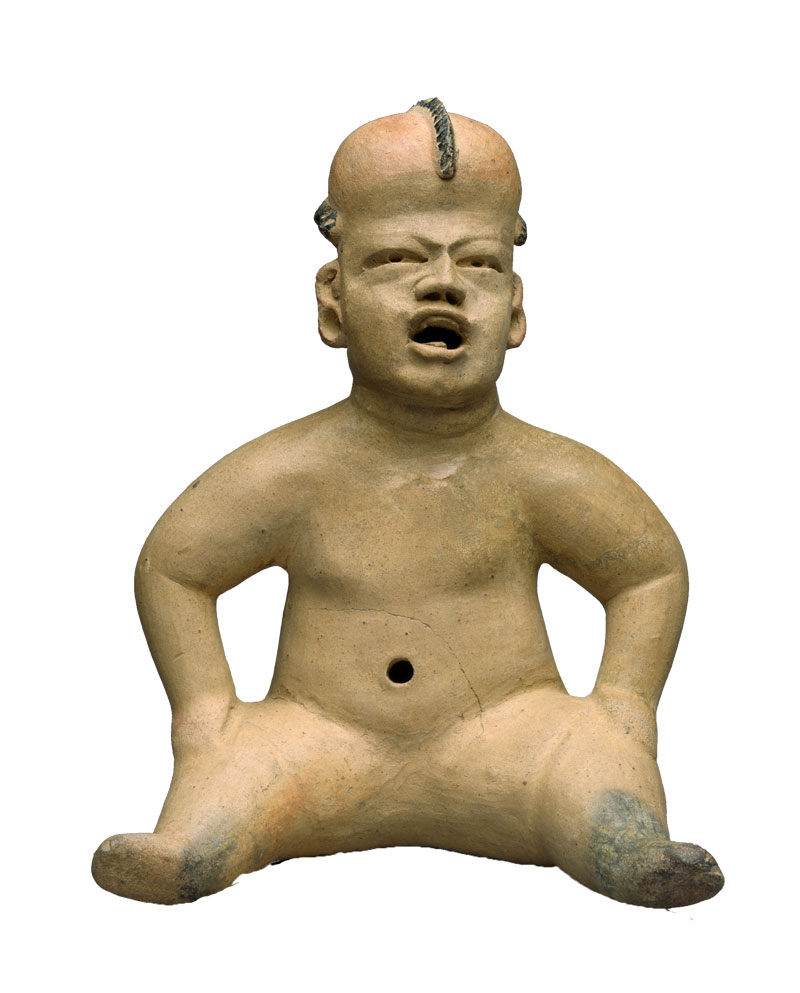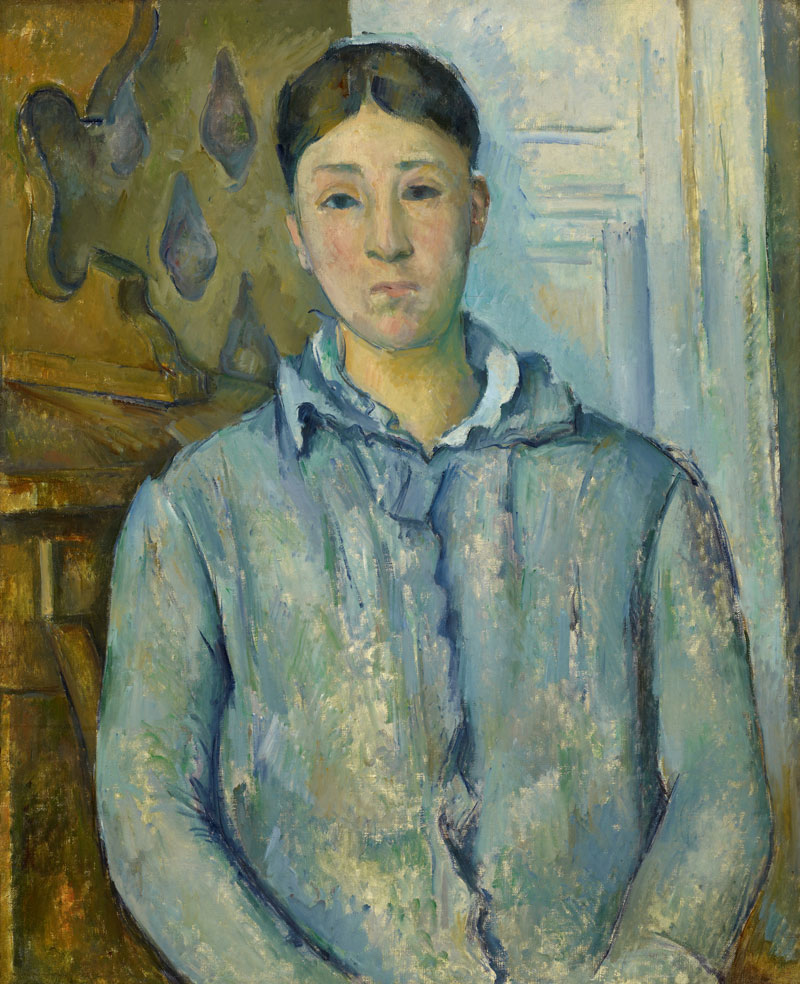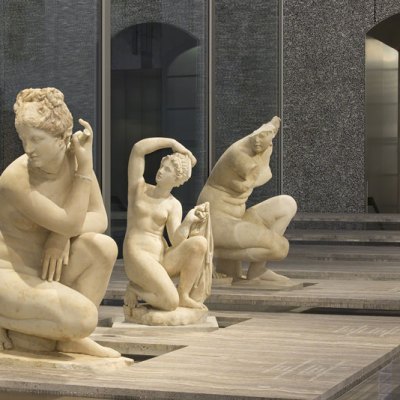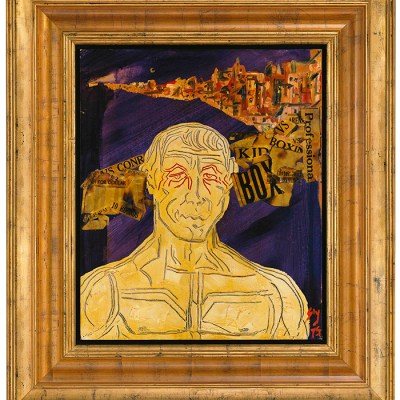To coincide with the opening of Masterpiece London, we asked Gary Tinterow, director of the Museum of Fine Arts, Houston, to pick out some of his personal favourite masterpieces
I have selected some objects that both resonate with me and also with one another. I’m attracted to them in part because they have faces – we are programmed to recognise faces and to quickly evaluate them. I also wanted to select objects that represent the span of our collection, but provide an insight into different cultures. One is a so-called ‘laughing man’ or ‘laughing baby’, which is an Olmec ceramic. It’s a young fellow and there’s something truly fascinating about his expression: it’s a laugh, but it’s not a simple laugh and it’s possible that there’s something menacing about it. Every time I go into that gallery I’m drawn to it, because it continues to be unresolved in my mind.
We have a great Benin head of a royal figure, whose neck has been encircled in rings. Here we have a convention of classicism, which may or may not have been known to the people of Benin in Africa, but it seems to me just as logical that artists there would have found the combination of eyes, to nose, to mouth, to width of head, to height of head, that most civilisations have discovered as being typically pleasing and beautiful.
The portrait of Madame Cézanne has some of the same features as the Benin bronze: the emphasis on the geometry and first defining the regularity of the face, then emphasising the irregularity of the face. Cézanne famously was known by his colleagues and acolytes for quoting art-school tropes like ‘Find the cone, the cylinder, the rectangle, the square’, and I’m sure he did work that way.
It leads me to Brancusi and A Muse (1917), which is polished and finished, and where the geometry is predominant. It has all the components Cézanne looks for, but all the features are undefined so again I feel that our minds are activated, looking at it to complete it.
The Rogier van der Weyden is just one of the glories of our collection. It’s a hauntingly beautiful Virgin and Child. Again, there’s a very strong emphasis on geometry, yet there are uncanny distinctions: the bony hands, the tenderness of the expression of the child and mother. And then, because it’s a Flemish 15th-century painting, I marvel at the precision of the rendering of the flesh and figures.
This article was originally published in the Masterpiece London magazine 2015.
Masterpiece London takes place in the South Grounds of the Royal Hospital Chelsea, London, from 25 June–1 July.
Highlights of Masterpiece London
My Masterpiece Selection: Anita Zabludowicz







